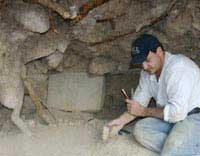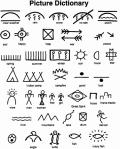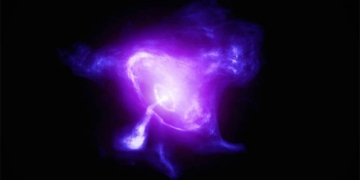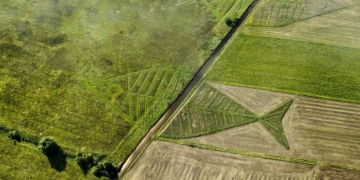Although eerie with a cache of eyes, brains, and fossilized intestines, the new discoveries at Castle Bank fossil site represent a significant treasure for science, opening a door to the unknown world of the Ordovician “monster world.”
According to a study recently published in the scientific journal Nature Ecology and Evolution, this precious fossil deposit is approximately 462 million years old and contains incredible remnants of Ordovician mollusks, organisms that are vastly different from anything we see today.
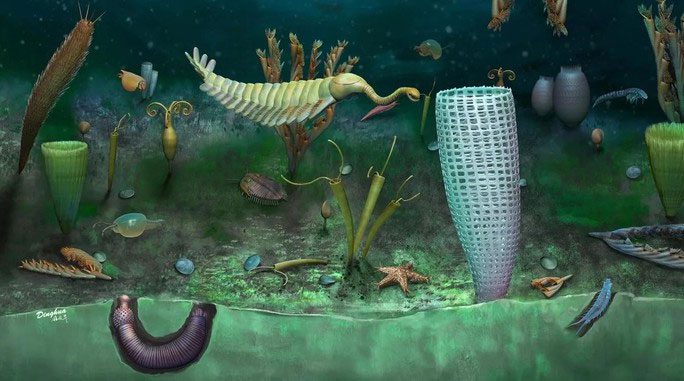
Graphic depicting Ordovician mollusk monsters – (Image: Nature Ecology & Evolution)
The research team has recovered as many as 170 species from this site, most of which are new to science.
These include remnants from the end of the previous Cambrian period, featuring “evolutionary wonders” such as organisms known as “opabiniids with trunk-like noses” and ancestors of oysters, shrimp, alongside an unidentified six-legged insect related to unknown species.
Many specimens have preserved both the eyes and brains of arthropods, the digestive systems of trilobites, and nearly intact specimens of worms and sponges.
This remarkable paleontological treasure, which could spark a series of valuable research initiatives, was discovered in an extraordinary manner.
According to Live Science, during the lockdown days of the Covid-19 pandemic in 2020, honorary researcher at Amgueddfa Cymru (National Museum of Wales) Joseph Botting and co-author Lucy Muir attempted to excavate at a small quarry in a field near their home, leading to the discovery of the aforementioned fossil site.
The duo spent 100 days excavating, along with extensive research efforts, before announcing their findings.









































